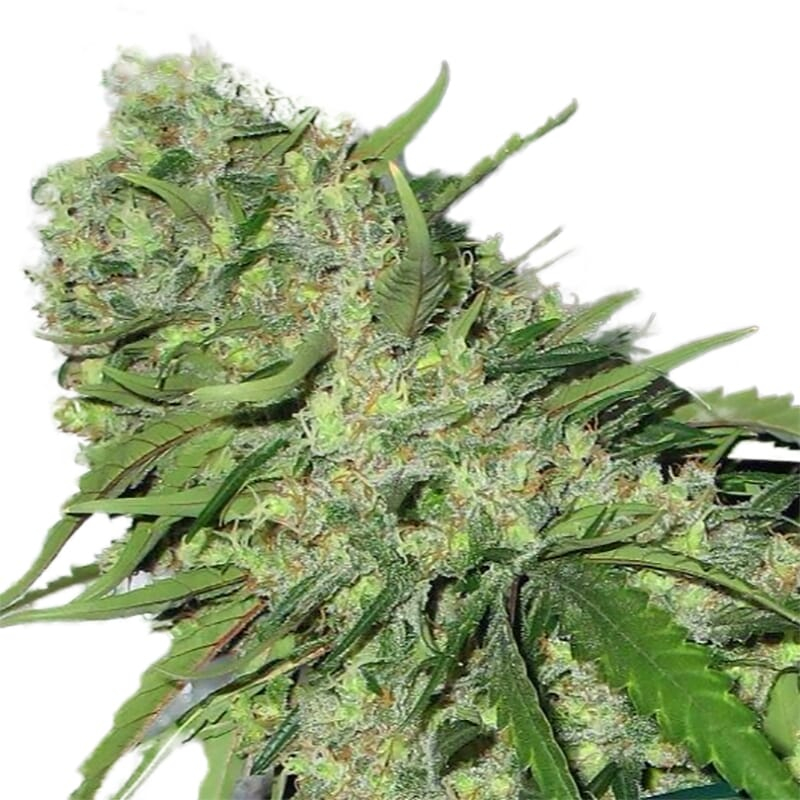Marijuana is a plant that has been cultivated for more than 4000 years. The first consumers and growers were mostly indigenous tribes, and its use is associated with medicinal, cultural and spiritual aspects. This ancestral and cultural wisdom has been passed down through generations, and knowledge has been shared in diverse communities for many years. However, prohibition and legal challenges have limited the dissemination of this knowledge and, in some cases, made it an illegal activity.
In the 1960s, the United Nations Single Convention on Narcotic Drugs classified marijuana at the same level of danger as heroin. However, in 2019, following the recommendations of the World Health Organization, the UN recognized the medical and therapeutic benefits of cannabis derivatives, and 27 countries voted to remove it from the list, where it had been alongside highly addictive and deadly opioids. This has important implications for the Colombian government, as it could lose the opportunity to participate in a lucrative legal market estimated at $146 billion by 2025, in addition to reducing smuggling and micro-trafficking caused by its illegality.
In recent years, sales of ancestral coca- and cannabis-based products in local markets and galleries have increased significantly due to their efficacy. However, these sales remain relatively discrete compared to other markets.
In Colombia’s marketplaces, it is common to find stalls openly selling these products, such as marijuana creams and ointments with mint, drops for wounds, or even toothpastes, made with cannabis. There are also pills and liquids based on this plant for medicinal, and spiritual purposes since bad energies are also considered to be the cause of illness.
Nancy Fernández, a street vendor in the sector, explains that the sale of these products is common in marketplaces: “In any respectable Colombian market, you will find a stall selling the typical hot ointment, which is in great demand to quickly relieve cramps and pain. Many people buy it without fear, even though these products are not legal”.
Nancy points out that consumers trust the effectiveness and quality of these products. Despite their illegality, she has not had any problems with the authorities, the products are openly displayed in her stall. Customers often have preferences by brand and type, as some products are made with menthol and marijuana, others with coca, mint, and marijuana, and others with marijuana, spearmint, and mint, all for medicinal purposes.
Many of the products sold in these plazas are imported, as Victor Rentería, a merchant who supplies products to small stores, points out: “Most of the creams and ointments I sell wholesale come from abroad, mostly from Peru, Bolivia or Ecuador, where these cannabis-based products are freely marketed. We, who could produce them locally, do not have the necessary permits,” he says.
Efficacy in various green products
The efficacy of several products made with this plant is remarkable. Although marijuana ointment is better known commercially, there are other products, that are equally effective. Nancy explains: “Besides the hot salve, there are other products made with marijuana, such as drops used to treat wounds and skin infections. There are also coca and cannabis-based creams for skin allergies, all with significant benefits and immediate action”.
The growing use of these products has strengthened the cannabis culture in the country. Its efficacy has allowed the creation of medicines to combat diseases caused by spiritual evils, as many indigenous cultures believe that diseases can also be the result of bad energies. Victor Rentería affirms that these ailments can be cured with spiritual remedies made with cannabis-based ingredients. “In addition to marketing marijuana creams and ointments, I also sell water made with herbs and marijuana. These are used to eliminate dark energy that is affecting a person, causing pain, bad luck, or bondage. These waters are requested with a prescription from the healer or monk who will expel the energy,” the merchant concludes.
In Latin America, several countries have legalized cannabis for medicinal use, including Argentina, Chile, Colombia, Mexico and Peru. Despite this, Colombia faces challenges in its industry, as there is no significant local production and no medicines based on Colombian cannabis have been developed. However, there is a growing political debate to allow the production and commercialization of Colombian cannabis in a free manner, allowing for its full recreational and medicinal legalization.
















